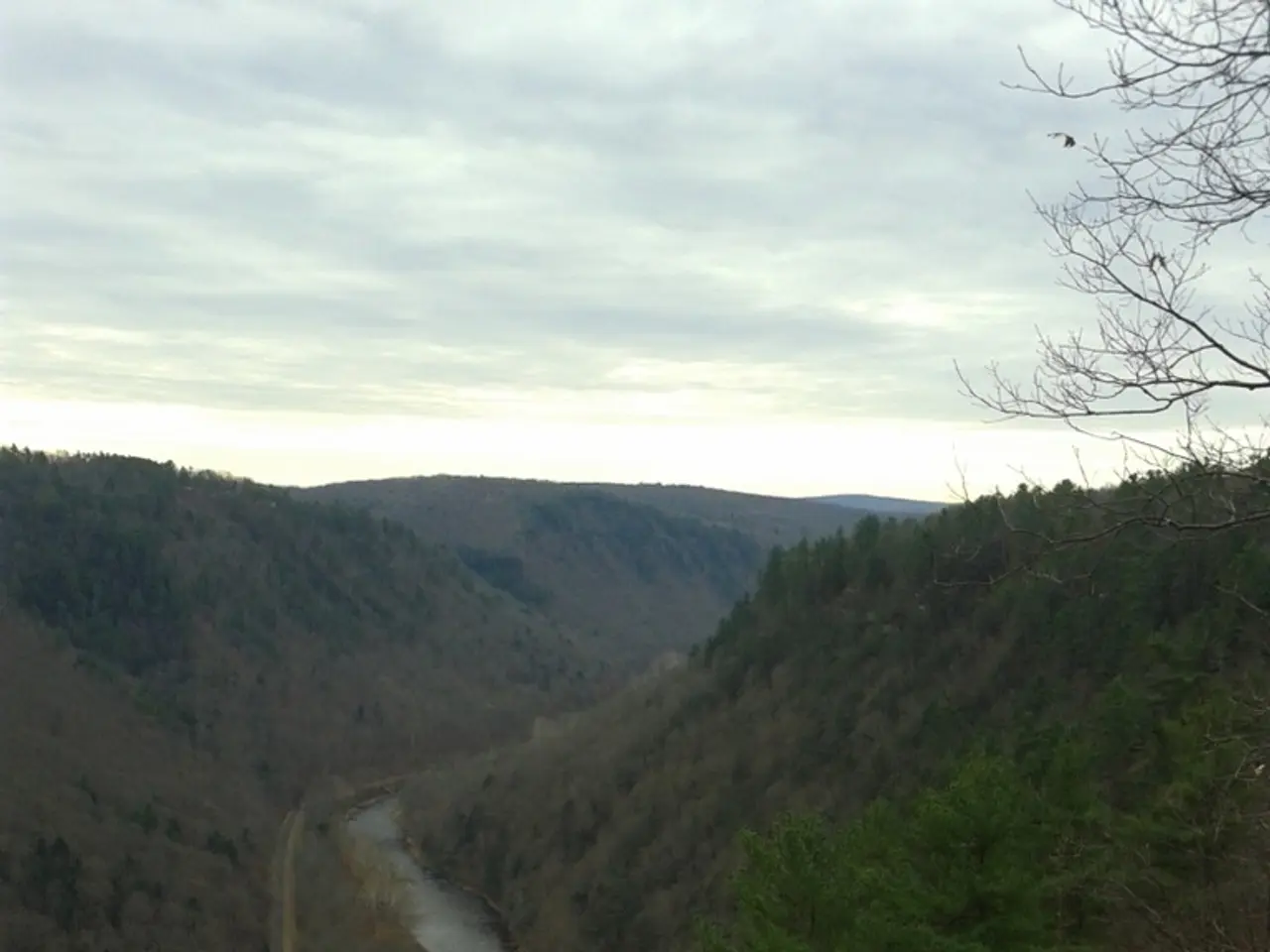Torrential Rains in North India Cause Severe Flooding: Urban Disruptions, Alerts on Waterways, and Emergency Response Operations
North India Faces Continuing Monsoon Flooding
North India is currently grappling with significant monsoon flooding, primarily due to intense cloudbursts and heavy monsoonal rains. Several villages have been devastated by flash floods and landslides, with at least 21 fatalities reported and several people missing.
The affected areas include river basins like the Sutlej, where hundreds of people have been evacuated due to rising water levels and crop damage. Rescue operations are underway, focusing on evacuation and recovery in the most impacted villages. However, landslides caused by the floods have isolated certain communities, complicating rescue efforts.
Local authorities are mobilizing to assist those displaced by the floods, with efforts intensified following recent reports of additional casualties. As of now, the situation remains dynamic, with authorities and weather agencies closely monitoring and responding to ongoing heavy rainfall and flood risks.
According to forecasts, the monsoon rains are expected to continue across northern and central India until at least August 27, 2025. This is due to an active phase of the Madden-Julian Oscillation, which enhances southwesterly winds and precipitation in the region. This suggests a continuing risk of flooding and disruption in the immediate future.
Impact on Key Regions
Delhi-NCR has been severely affected by the North India monsoon flooding. The Yamuna River in Delhi is nearing the warning threshold of 204.5 metres due to the flooding. The flooding has transformed streets into rivers and caused hours-long traffic jams. The India Meteorological Department (IMD) has escalated its alert for Delhi to a red warning due to expected heavy rainfall.
Uttar Pradesh is under an orange alert for multiple districts due to the North India monsoon flooding. Several parts of Ghaziabad, Gurugram, and central Delhi are submerged under knee-deep water, causing disruption to public transport and office workers navigating flooded intersections. Transport networks across the affected states have slowed to a crawl due to the North India monsoon flooding.
Long-term Solutions
The recurring cycle of North India monsoon flooding underscores the need for solutions that extend beyond emergency response. This includes sustainable urban planning, strict regulation of construction in high-risk zones, and comprehensive river basin management. The 2013 Uttarakhand tragedy, caused by cloudburst-induced floods, claimed more than 6,000 lives and reshaped state policies on construction and tourism in ecologically sensitive zones, though enforcement remains weak.
Preparations and Precautions
Authorities are urging people to heed weather advisories, avoid unnecessary travel, and prepare for potential power and communication outages due to the North India monsoon flooding. The National Disaster Response Force (NDRF) units are stationed in both Himachal Pradesh and Uttarakhand to assist with evacuations, supply distribution, and clearance of blocked routes.
Climate scientists have warned that extreme rainfall events like the current North India monsoon flooding are becoming more frequent due to a warming atmosphere, which can hold more moisture. As such, it is crucial for individuals and communities to stay informed and prepared for potential flooding and other weather-related disruptions.
References
- India Today
- The Hindu
- IMD
- The Times of India
The current monsoon flooding in North India, primarily caused by intense cloudbursts and heavy monsoonal rains, has highlighted the importance of environmental science, specifically climate-change studies, to predict and prepare for such weather-related events more effectively. As climate scientists warn that extreme rainfall events are becoming more frequent due to a warming atmosphere, weather-forecasting becomes crucial in the context of science and the environment. Deliberate preparations and precautions, including heeding weather advisories and preparing for potential power and communication outages, are essential for individuals and communities to stay safe during such floods.








